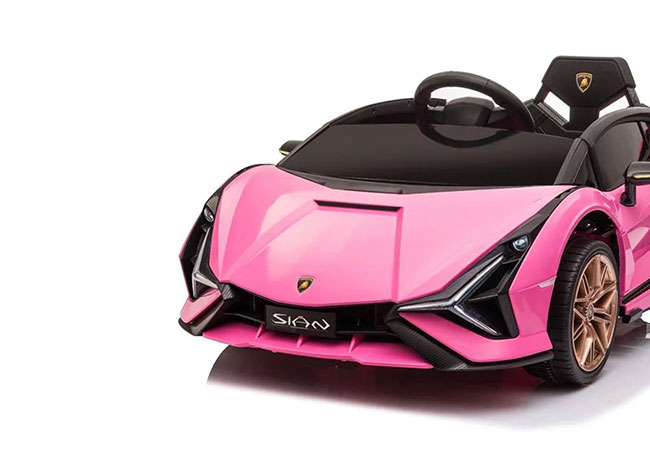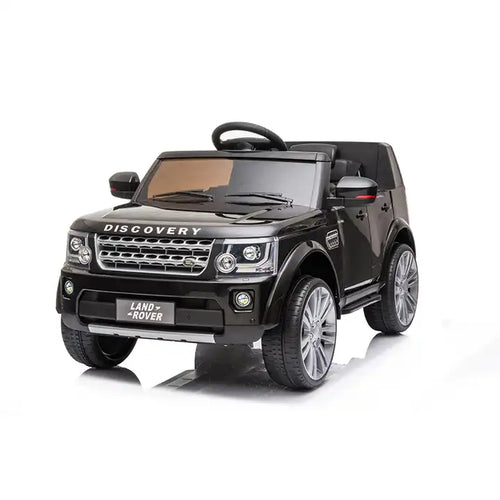Best Advice For Choosing Kids Cars
Wiki Article
What Do I Need To Know About Battery Life And Charging Time Of An Electric Kids Car?
It is crucial to know the life span of your battery for your electronic ride-on car for children and the time it takes to charge. This will ensure that you get uninterrupted playtime. Here's everything you need to be aware of - Battery type -
Most electric ride on cars for kids are powered by rechargeable batteries. They could be Lithium-ion or lead-acid. Lithium-ion batteries usually have a longer battery life and faster charging times than lead-acid batteries.
Capacity of the Battery
The time of operation for a ride-on car is dependent on the battery's capacity. This is measured in amp-hours, or Watt-hours. Batteries with higher capacity provide more playtime before needing to recharge.
Run Time -
The duration of the runtime for an electric vehicle is the length of time that a vehicle can run continuously on one battery charge. The run time of an electric ride-on car is dependent on variables like the battery capacity and the motor's power. It also depends on the terrain and the weight of the user.
The typical time to run electric ride-on vehicles ranges from 30 minutes and 2 hours. Some batteries with a high capacity can offer an extended run time.
Charge Time
The charging time is the length of time required for the battery to fully charged after it is depleted. Charge times can vary depending on the battery's capacity or specifications for the charger.
In general, the charging time for an electric ride-on car is between 8 and 12 hours. Certain models, especially those with lithium-ion battery technology might have faster charging times.
It is essential to adhere to the instructions of the manufacturer when charging to ensure the safety and longevity of the battery. Overcharging or undercharging the batteries can have detrimental effects on their performance as well as longevity.
Charging Method Charging Method
Electric ride on vehicles typically come with chargers that plug into a standard home outlet. Certain models come with fast-charging features, or have a charger that can adjust its rate of charging based on the state of the battery.
To ensure that there is no damage to the electrical system or battery make sure that the charging connector and port you are using are compatible with the chargers that come in your ride-on car.
Additional Batteries
Certain electric vehicles allow the purchase of additional or spare batteries. This may extend playing time. Additional batteries let you replace batteries that are exhausted by fully charged batteries which can reduce downtime.
Understanding the battery life and the charging time of an electric kids car will ensure your child will enjoy endless playtime and exciting adventures while exploring their surroundings. The battery's life can be extended by charging the battery regularly and using the correct charging methods. See the top kids cars for blog recommendations including car toy toy, electric toy car, ride of car, electric toy car, 2 seater electric cars, toy a car, toy cars, electric ride along car, riding digger, toy a car and more. .

What Is The Difference Between Indoor And Outdoor Versions Of Children's Cars Made?
The models are designed with features and characteristics that are specifically tailored to the specific environment and use scenario, either outdoors or indoors. The Indoor Use Cars differ from the Outdoor Use Cars.
Size and Weight Cars made for indoor use are usually smaller and lighter in weight to be maneuvered easily in small areas like living rooms, playrooms or hallways. They can navigate through tight spaces and narrow passageways easily.
Low Ground Clearance - Indoor vehicles have a low clearance, which prevents them from getting stuck or getting caught up upon obstacles like carpets, rugs or thresholds. This permits smooth, uninterrupted moving across indoor surfaces.
Smooth Wheels. The wheels utilized in cars for indoor use can be made out of materials like rubber or plastic to provide traction. They are made to reduce noise and stop scratching or scratching indoor surfaces.
Temporary Speed - Indoor vehicles typically operate at a lower speed in order to ensure safety and control. This could help prevent accidents and collisions with furniture, walls, or other objects that are found inside indoor areas.
Outdoor Use Cars -
Durable Construction: Cars designed for outdoor use have strong materials like tough plastic or metal that are able to withstand rough handling, outdoor elements like moisture and sunlight. They are more resistant to wear and tear resulting from exposure to outdoor conditions.
Higher Ground Clearance: Outdoor-use vehicles have higher levels of ground clearance for navigating bumps or uneven terrain when driving outdoors. They can navigate rough terrains such as pavement, gravel, grass, or dirt without getting stuck or harmed.
Traction Tires - The tires of vehicles specifically designed for outdoor use usually include treads to give better traction or grip on slippery or uneven surfaces. This helps ensure stability and control over the outdoors to avoid sliding or skidding.
Weather Resistance - Designed for outdoor use, cars may include components that are resistant to damage from environmental elements or moisture like sealed electronics and waterproof casings. The car can be subjected to mud, rain and puddles, with no performance degradation.
High Speed - Cars made for outdoor use have greater speeds due to their design to handle the open spaces and distances that can be encountered in nature. This provides a more exhilarating and adventurous riding experience for kids who are exploring outdoor environments.
Be aware of these features and traits when selecting a car for your child's vehicle. It is designed to the specific environment and use that you envision whether indoors, outdoors or both. You can ensure an enjoyable, long-lasting and safe playing experience. See the top click here on Mercedes ride on car for more tips including childrens electric cars, electric ride on cars, toy cars toy car, toy ride, ride on digger, 2 seater electric cars, two seater electric cars, childs car toy, childrens electric ride on, car toy car toy and more. .

What Should I Look For When Purchasing A Child's Electric Car? What Are Pros And Con?
There are many factors to consider when selecting an electric kid's car. Here are some considerations to make and some information on the sizes cost, prices, pros or pros and.
When choosing an electric car to your child, take into consideration the size and the age of your child. Children who are younger and smaller may choose compact, lightweight vehicles. Children older than them and those with larger bodies might require larger cars that are able to accommodate them comfortably.
Dimensions and weight of the Car The Car's weight and size
Models for electric cars for kids are available in a variety of sizes. From tiny to large-scale replicas, they're readily available. You should consider the size and weight of the car in relation to the child's height, size and age. In addition, you'll need to think about the amount of space you have available for storage and playing.
Price range -
Electric cars for kids aren't cheap, based on a myriad of variables. They include the dimensions, features and build. Prices of micro-sized models range between $50-200 and larger replicas can cost up to $800.
What are the pros and cons?
Pros -
Electronic Kids' Cars - These cars are ideal for entertainment and imaginative games. Children can enjoy the thrill of having their own vehicle.
Motor Skill Development. Driving an electric car can help children improve their spatial awareness, coordination and fine motor skills.
Electric cars encourage physical and outdoor activities, and exploration.
Realistic Features Many electronic children cars have realistic features like functioning horns, headlights that work, and MP3 players that are compatible, which can enhance the experience of playing.
Cons
Cost - High-quality electric kids cars aren't cheap, especially licensed replicas of the most popular brands in cars.
Battery Life - The power of electric vehicles is provided through rechargeable batteries. They can have a limited running duration and may require regular charging.
Safety Risks - When not properly operated and with adult supervision, electric cars could pose safety hazards like falls, collisions and traps.
Assembly and Maintenance - Some electric vehicles require assembly on arrival, and also regular maintenance, including cleaning, battery care, and occasionally repairs or replacements.
Features and Accessories
Check out the available options for features and accessories to the electric cars of your kids, including horns that work with seatbelts, storage compartments as well as parental remote controls. Choose a car with the options and features that will best fit your child's needs.
The best electric car for your kid will ultimately be determined by their age, size, their hobbies and your budget. Before making a decision, take the time to compare and research different models. Check out reviews and consider the advantages and disadvantages. Read the top ride on toys kidscars.co.uk news for blog advice including toy ride, toy in car, 2 seater electric cars, electric ride along car, toy toy cars, toy ride, toy and car, toy cars toy car, ride ons, childrens electric cars and more. .
